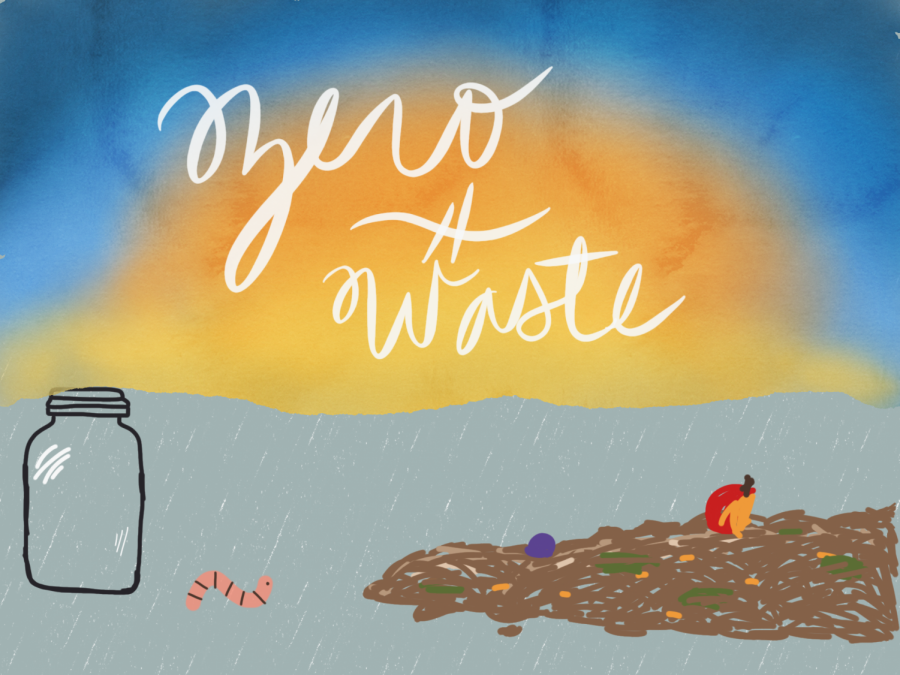No-Waste Living
April 30, 2018
Would you change your living quarters in order to give back to the environment? Certain people have homes that help them do exactly that. No trash, just compost; no excess water, just reusing what they have; and no wasting energy, they make more than they use! There are worm compost bins, solar panels, intricate filtered water pipes, and meals straight from the garden. In the name of giving back, could you handle living in this home?
It is no surprising secret that humans are a wasteful species. Billions of gallons of freshwater are used every day and around 70% of electric energy used is wasted in the U.S. alone. Because of harmful emissions from transport vehicles and commercial factories, global warming has begun to make the effects of humanity’s actions apparent in everyday life. To help contribute to the conservation of our resources, many environmentally-friendly systems have been established, such as using water, wind, and solar power. The usage of just solar panels can reduce annual household costs by hundreds of dollars a year. However, the use of these inventions is not enough to save the planet and the popularity of the efforts are dangerously low.
Due to the small embrace of world-saving technology, the few who feel strongly about giving back to the environment have taken it upon themselves to make up for the loss of energy from others. Enter the “Future Home” of California, where the goal is to make more energy than you use in a day. Referred to as “net”, the amount of energy you use and make is on an integer scale. To be net zero is great, but to be net positive is even better.
The Future Home is insulated with advanced materials that keep the house at a balanced temperature, so the inhabitants will rarely have to open the windows for circulation, making air conditioning and heating useless. According to the owners and creators of the Future Home, growing your own food and at worst, shopping local, is a great way to reduce the carbon footprint you make, simply due to reducing transportation pollution typically used to deliver commercial food products. With non-electric rainwater purifying systems, the house always uses and reuses safe water and then naturally replenishes using rainwater barrels. To water the garden where the vegetables and fruits for meals are grown, the house uses a gray water plumbing system connected to the hose. The garden is fertilized with the excrement of worms from the compost box where food waste is dumped and is maintained completely with home materials. Food waste makes up around 20% of American household waste, so eating all natural and disposing of the scraps into the worm bin is a much more efficient cycle.
Overall, the Future Home is not as impossibly difficult to handle as it may seem, but requires much more manual maintenance from its residents to ensure a higher production of energy than usage. Would you be up to the challenge and live to give?

